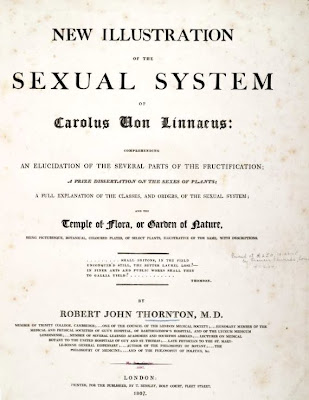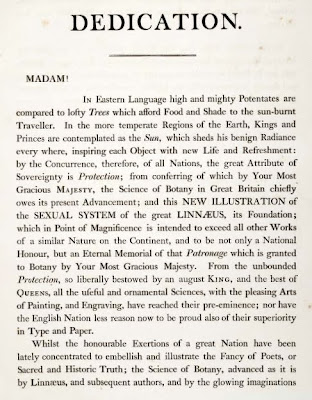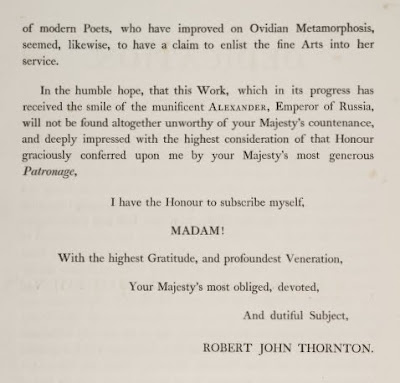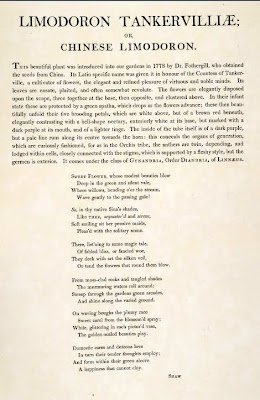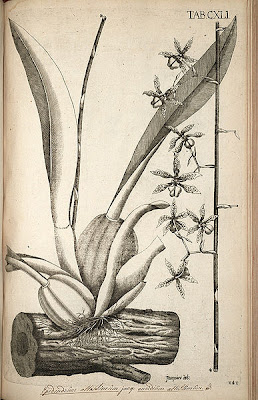I cut down a Golden Delicious apple tree that has been in place for 8 years without bearing a single edible apple. Each year it blooms then disease strikes. It's not good for my garden/climate and time to get over it. Plus, I cut down a volunteer Japanese maple, nothing special, and taking "forever" to make a nice size. A fruit tree would be perfect in that spot, would look better, bloom nicely, be the perfect size, and provide sustainance. I've calculated that there is space for 3 eventually well-pruned fruit trees as a result of this cleanup.
Among the challenges here in my Portland Oregon - area yard, mild winter combined with late frost leads to some of the biggest fruit-growing disappointments. Sweet cherries bloom early, and last year the frost took a lot of them. Even so, we had several big bowls-full. Sour cherries have great flavor, and bloom later. I have added a "Sure-fire" sour cherry that looks like it will have a good year this year (3rd season) and now will add another variety.
 This is Almaden Duke from Raintree Nursery. I'm hoping for a sort of wild-cherry flavor. It's on Gisela-5 dwarfing rootstock. After placing the order, I've been looking online for this variety and it isn't discussed much. I'm suspicious it's more in the sweet than tart cherry category, but I don't know what that will mean about bloom time.
This is Almaden Duke from Raintree Nursery. I'm hoping for a sort of wild-cherry flavor. It's on Gisela-5 dwarfing rootstock. After placing the order, I've been looking online for this variety and it isn't discussed much. I'm suspicious it's more in the sweet than tart cherry category, but I don't know what that will mean about bloom time. This is Beauty Plum. The pic is from Dave Wilson Nurseries. I hope that my Shiro and Hollywood both bear this year. Last year (2nd or 3rd year, I forget) the HOllywood had one and the Shiro had none. It's probably their youth, but reading about pollination I get very conflicting data. Shiro is either self pollinating, or partial, or not at all, depending on the website. Same for Hollywood. Plus they don't pollinate each other. So, I'm adding Beauty, which Raintree Nursery states pollinates both Shiro and Hollywood, and is very precicious, bearing in the nursery row. So probably at least blooming in the first year and more likely second year, to provide pollen for the other varieties. Plus of course they claim wonderful flavor.
This is Beauty Plum. The pic is from Dave Wilson Nurseries. I hope that my Shiro and Hollywood both bear this year. Last year (2nd or 3rd year, I forget) the HOllywood had one and the Shiro had none. It's probably their youth, but reading about pollination I get very conflicting data. Shiro is either self pollinating, or partial, or not at all, depending on the website. Same for Hollywood. Plus they don't pollinate each other. So, I'm adding Beauty, which Raintree Nursery states pollinates both Shiro and Hollywood, and is very precicious, bearing in the nursery row. So probably at least blooming in the first year and more likely second year, to provide pollen for the other varieties. Plus of course they claim wonderful flavor.Raintree lists Beauty as one of its earliest ripening plums, Shiro in mid-season, and Hollywood as late. That should provide a spread of harvest as well as color and flavor. (Arggh, just now, looking at Raintree, Beauty won't pollinate Shiro. I can't win!) Here is a site (Wolcott Garden Treasures) claiming that Shiro can be pollinated by Hollywood and Beauty, and vice versa. WSU Extension lists Shiro, Hollywood, and Beauty as good for Western Washington.
 The Peach-leaf-curl has also been a source of disappointment. This Indian Free peach is reported as resistant. I think I don't really need a genetic dwarf variety if I prune carefully. Also from Raintree. Needs a pollinizer; other peaches are nearby. Here's a website with a gorgeous pic of this peach; amazing. This peach is very well-regarded on the Dave Wilson nursery website as well, although being a commercial site, I doubt that they wouyld describe any peach negatively. " For some tasters, the unique white (and red!) peach ‘Indian Free’ (or Indian Blood Free - origin obscure) is still unsurpassed among the white fruits. The intense aroma and tart-sweet flavor of a fully tree-ripe Indian Free has to be experienced to be believed. " Apparently the "Indian Free" and "Indian Cling" are different varieties, and my be referred to as "Indian blood" as well. Not self fertile, but apparently many have been grown from seed, which would mean they are genetically diverse.
The Peach-leaf-curl has also been a source of disappointment. This Indian Free peach is reported as resistant. I think I don't really need a genetic dwarf variety if I prune carefully. Also from Raintree. Needs a pollinizer; other peaches are nearby. Here's a website with a gorgeous pic of this peach; amazing. This peach is very well-regarded on the Dave Wilson nursery website as well, although being a commercial site, I doubt that they wouyld describe any peach negatively. " For some tasters, the unique white (and red!) peach ‘Indian Free’ (or Indian Blood Free - origin obscure) is still unsurpassed among the white fruits. The intense aroma and tart-sweet flavor of a fully tree-ripe Indian Free has to be experienced to be believed. " Apparently the "Indian Free" and "Indian Cling" are different varieties, and my be referred to as "Indian blood" as well. Not self fertile, but apparently many have been grown from seed, which would mean they are genetically diverse.Interesting article about the history of Peaches in the American colonies of the SouthEast here: "Historians believe that peach trees were first introduced into the colonial settlements of the United States by the French explorers in 1562 at territories along the Gulf coastal region near Mobile, Alabama, then by the Spaniards who established Saint Augustine, Florida in 1565 on the Atlantic seaboard. The peach trees were planted from peach seed imported from Europe in an effort to establish a self sustaining, agricultural. fruit tree product to feed the colonists. American Indians spread the planting of the peach trees throughout vast territories by transporting the peach seed to other tribes that lived in the interior regions. This new crop of fruit was fast growing, producing a delicious peach two or three years from planting. The trees were so productive and vigorous that sometimes, widespread impenetrable thickets became established from the peach seeds that fell to the ground from fruit unharvested. The illusion was formed by settlers after 1600 that the peach trees were native to the United States, since they were so widely spread and grew so vigorously everywhere. " also "In December of 1795, Jefferson planted 1151, peach trees after he had experimented with planting in 1807, the "black plumb peach of Georgia," (Indian Blood Cling Peach). This naturalized peach wonder had been planted throughout the State of Georgia by the Indians and was a dark-red velvety color with tiger-like striping. This fragrant peach was extremely desirable because of its rich coloring and taste... Jefferson believed that this Indian cling blood peach was a cross between naturalized peach trees and a French cultivar peach, "Sanguinole."
 Finally, the strawberry borders are invaded by grasses. I've learned that I like having a harvest spread out, not all at once. So I am adding Seascape Strawberry, also from Raintree. These will be in containers. As it happens, I left containerized cannas outside this winter and they froze, so will have a convenient place to plant the new strawberries. It's hard to find a reasonably unbiased review of strawberry varieties - here's a comparison on growingstrawberriesguide.com; they seem to like Seascape. Of course it's all person- and locality-dependent, but most of the other "reviews" that I could find were really just ads. I may also try a local source of another variety, to compare and increase my odds of getting some good berries.
Finally, the strawberry borders are invaded by grasses. I've learned that I like having a harvest spread out, not all at once. So I am adding Seascape Strawberry, also from Raintree. These will be in containers. As it happens, I left containerized cannas outside this winter and they froze, so will have a convenient place to plant the new strawberries. It's hard to find a reasonably unbiased review of strawberry varieties - here's a comparison on growingstrawberriesguide.com; they seem to like Seascape. Of course it's all person- and locality-dependent, but most of the other "reviews" that I could find were really just ads. I may also try a local source of another variety, to compare and increase my odds of getting some good berries.
